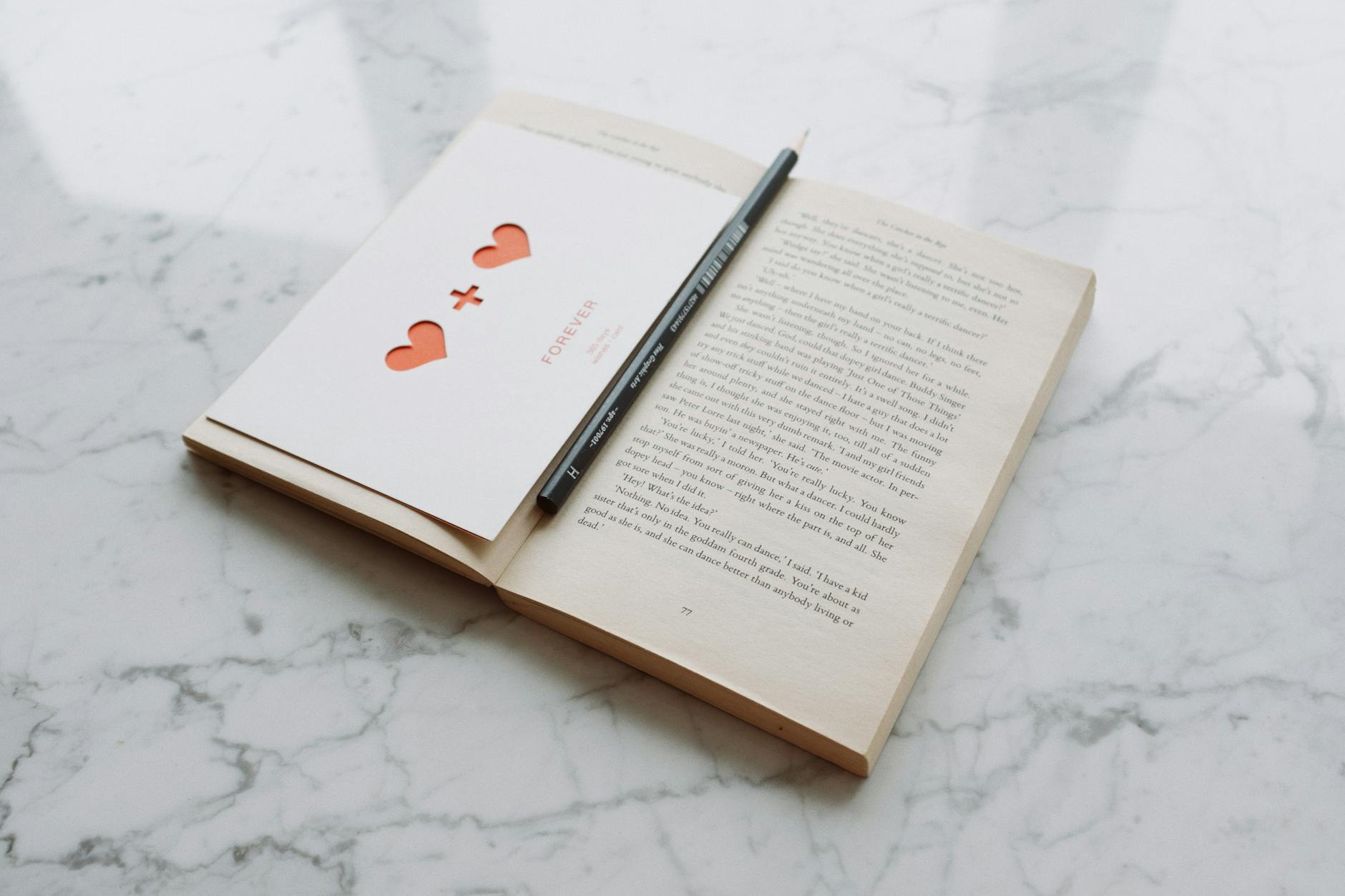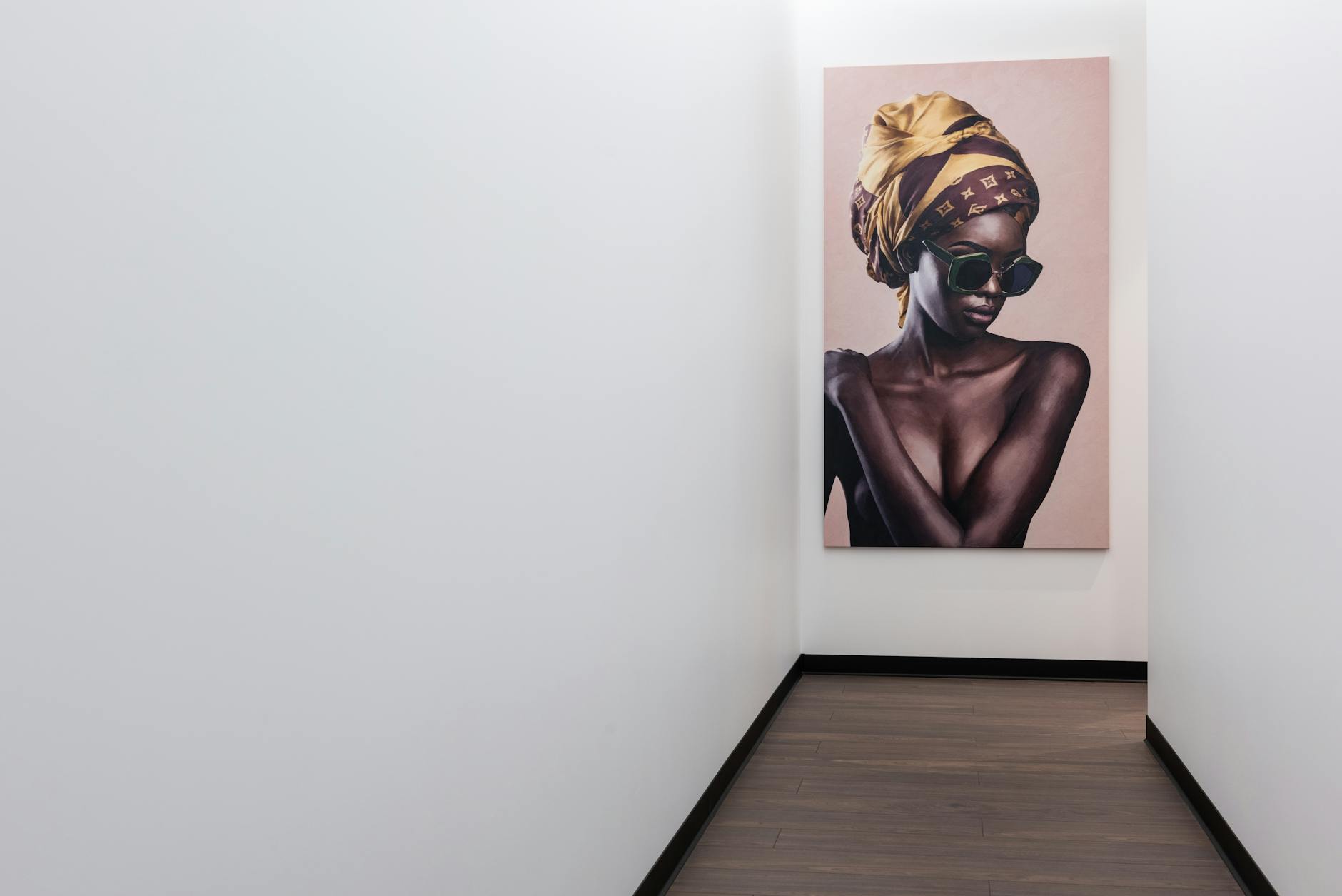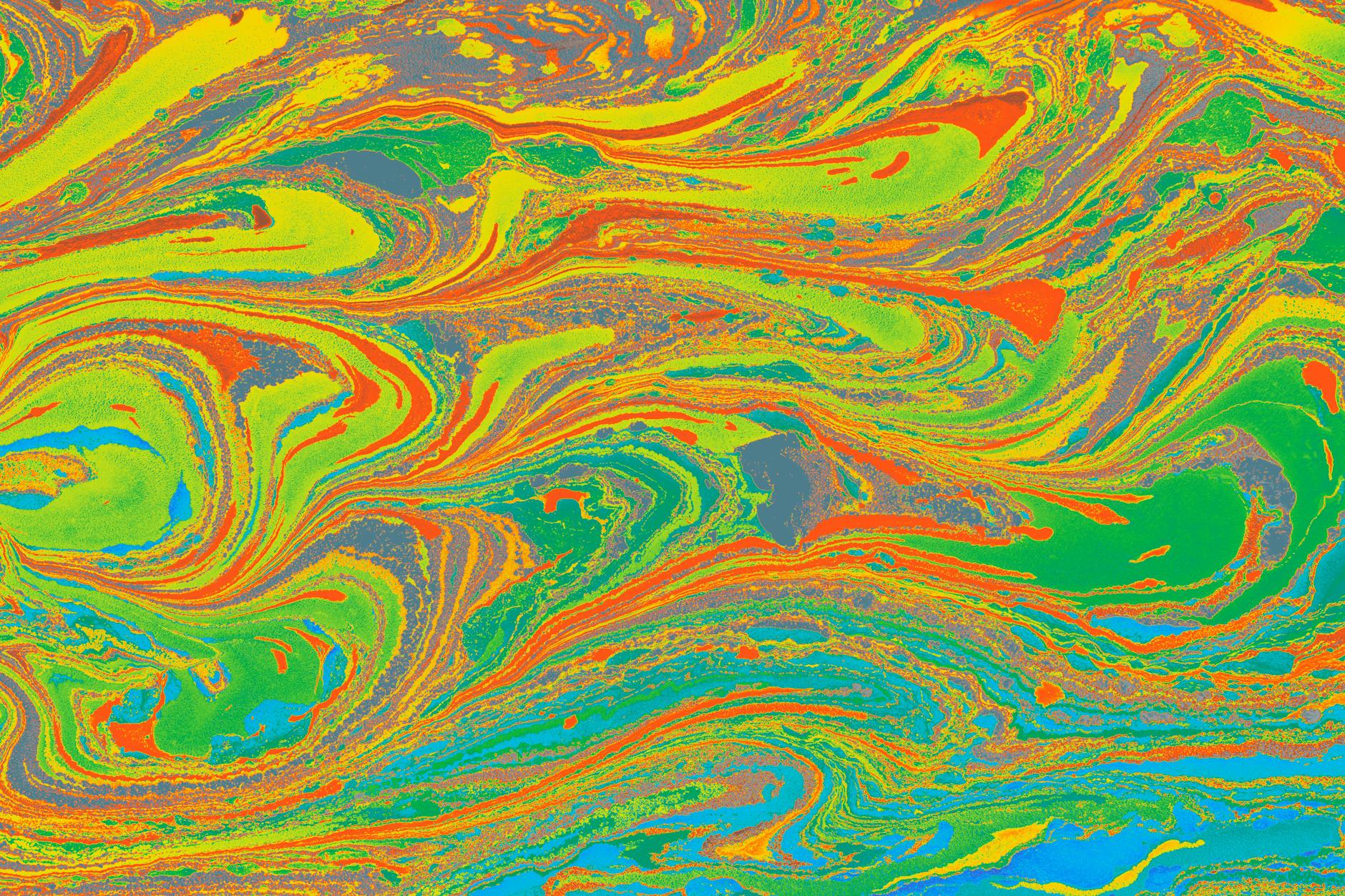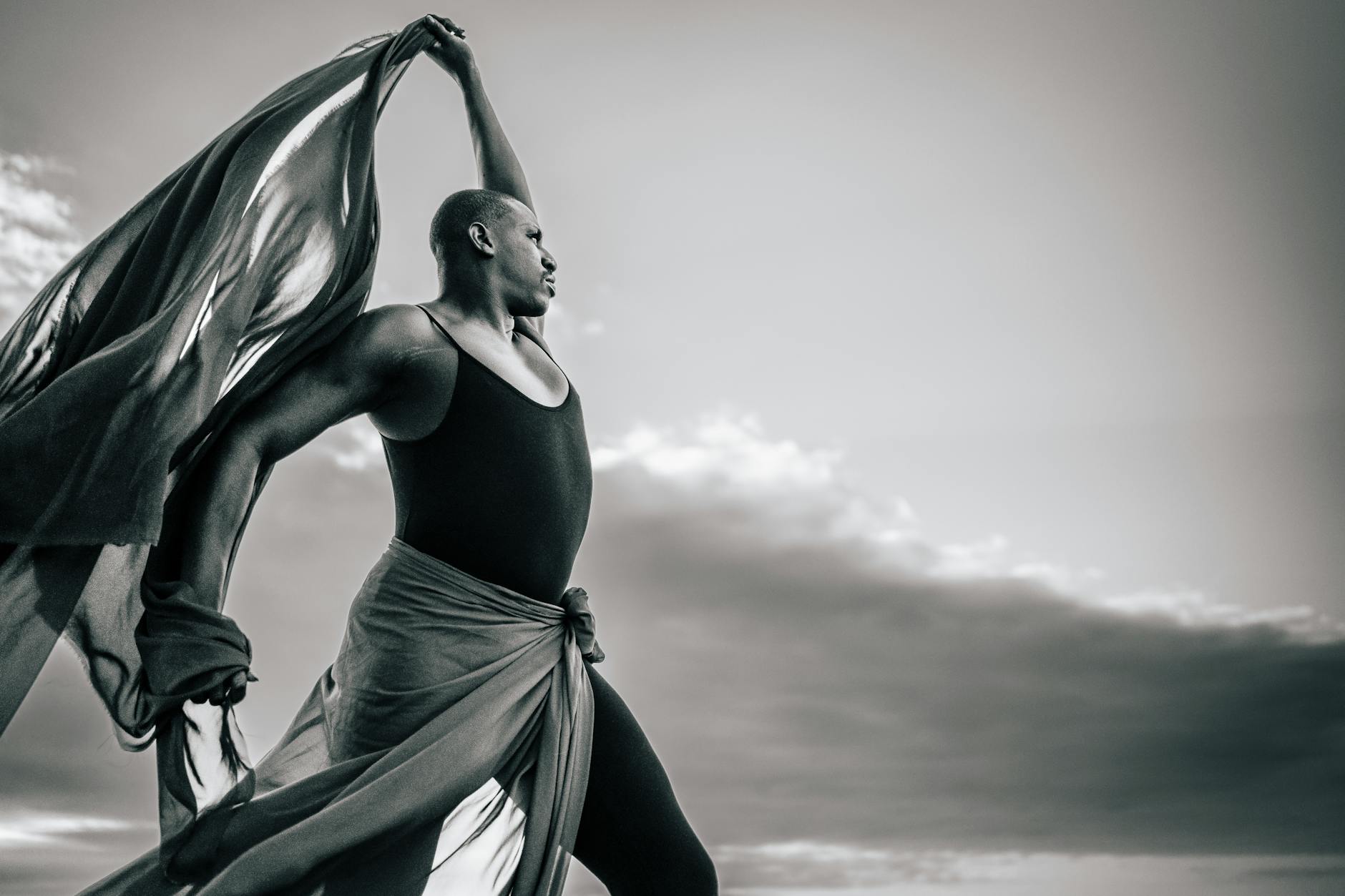Psychedelic art, a vibrant, mind-bending art form born from the 1960s Hippie Counterculture, continues to inspire and shape modern pop culture. From literature’s dreamy surrealism in “Alice in Wonderland” to visually stimulating films like “Yellow Submarine” and “Fear and Loathing in Las Vegas”, the roots of psychedelic design can be traced to nearly all corners of our media consumption, even in the comic book and graphic novels realm.
One of the hallmarks of psychedelic art is its ability to visually portray the cerebral and emotional landscapes experienced by individuals utilizing hallucinogens. Its influence seeped into the creative crevices of popular culture, capturing the public’s imagination through literature, film, and graphic novels, offering a visual gateway to another realm.
Literature has always been incredibly efficient at transporting readers to other worlds and dimensions. Lewis Carrol’s mid-Victorian novel, “Alice in Wonderland” is a perfect example of how psychedelic imagination can merge with storytelling to create a deeply immersive experience. Carroll’s detailed narrative, from the peculiar characters to the weirdly beautiful settings, are mirrored in the printed illustrations accompanying the text. Although Carroll penned Alice’s adventures before the birth of the psychedelic era, modern interpretations often depict the wonderland through a psychedelic lens, emphasizing the book’s theme of altered perception and non-reality.
Comics and Graphic Novels have also long been a canvas for psychedelic art. The inclination towards fantasy, supernatural elements, and alternate realities makes the medium an ideal platform for psychedelic imaginations. The famed Science Fiction graphic novel series “Watchmen” is a prime example, displaying an abstract representation of time, perception, and consciousness, encapsulated within artist Dave Gibbons’ use of patterns, forms, and colors. This intertwining of psychedelic aesthetics with narrative works has ultimately helped to elevate comic book and graphic novel illustration to a respected art form.
Arguably, nowhere is the impact of psychedelic art more visually exhilarating than in film. The most famous of these is “Yellow Submarine,” the 1968 animated musical tale inspired by The Beatles’ songs. An adventure into a surreal universe where music defeats evil, the film is adorned with a wild array of colors, patterns, and abstract shapes, emblematic of the psychedelic era. Similarly, “Fear and Loathing in Las Vegas,” is a cinematic acid trip – the Hunter S. Thompson novel adaptation visually narrates its psychedelic-heavy storyline through exaggerated cinematography, vivid color palettes, and blurred visual effects.
While the pinnacle of its popularity may lie in the past, the influence of psychedelic art within popular culture is alive and thriving. The combination of bold rainbow-esque colors, swirling patterns, and a sense of distortion or movement inherent to psychedelic art continues to inspire creatives across literature, graphic novels, and filmmaking. Psychedelic art, rooted in the 1960s’ hippie counterculture, has travelled on a long journey, influencing countless artists and fostering a never-ending quest to challenge our perception of reality through the manipulation of artistic elements.
The journey begun by Lewis Carrol and continued by creative forces within films like “Yellow Submarine” and “Fear and Loathing in Las Vegas,” as well as groundbreaking graphic novels, reflects the enduring impact of psychedelic art. It embodies the human desire for exploration, of boundary-pushing, and contributes to the magnificent tapestry that constitutes popular culture. Not simply a byproduct of the 1960s, psychedelic art is a lasting testament to the power of creativity, imagination, and the exploration of the uncharted corners of human consciousness.








